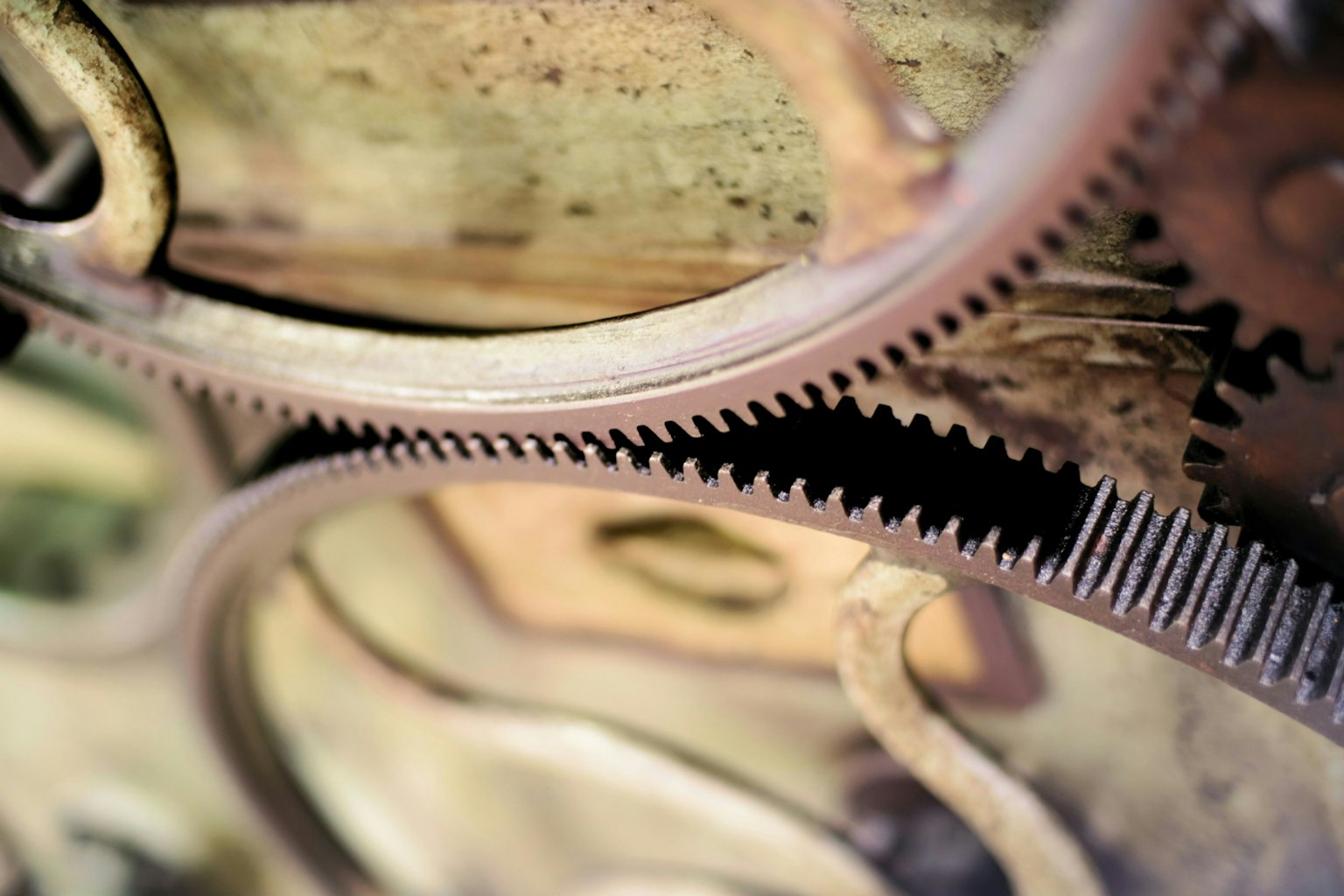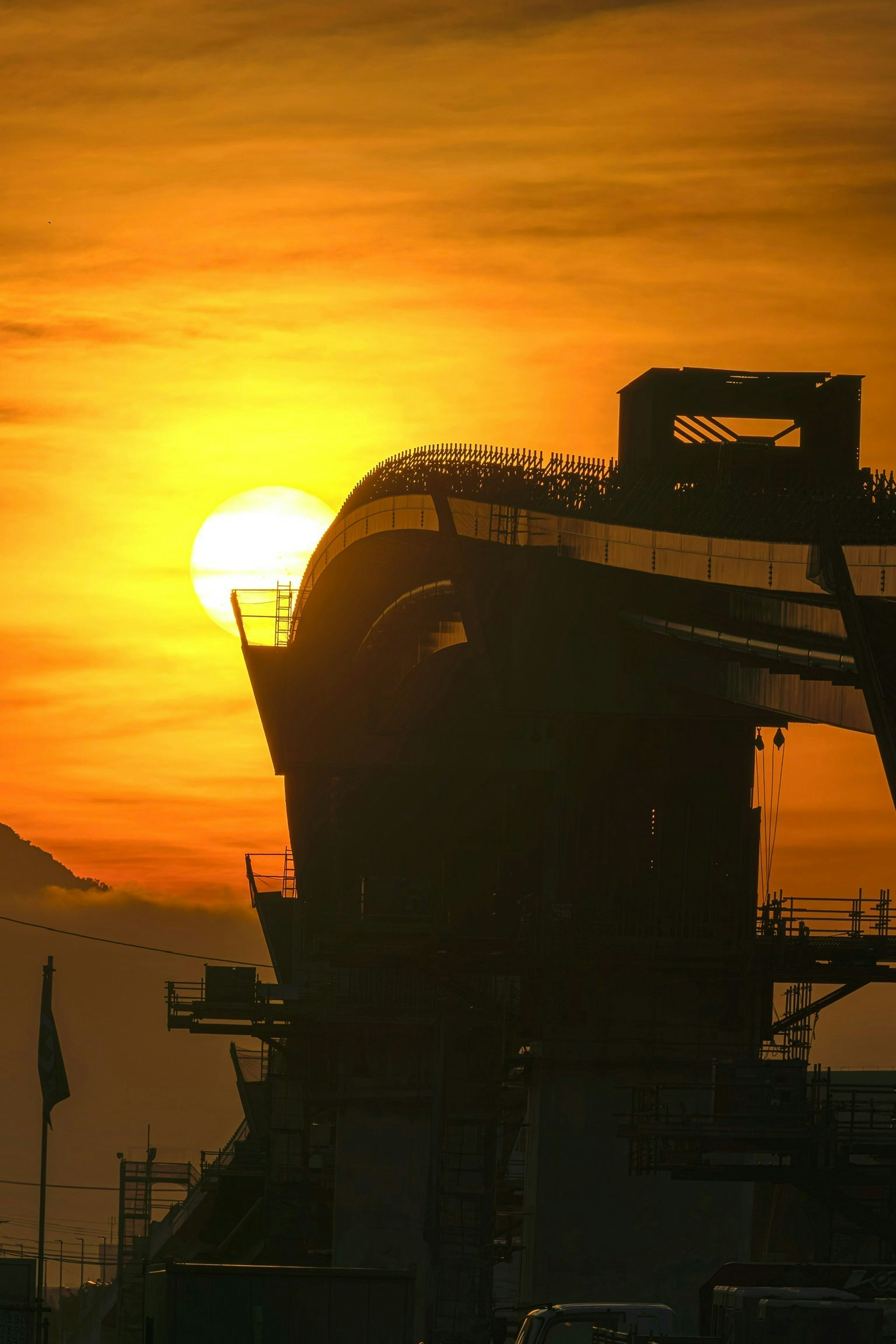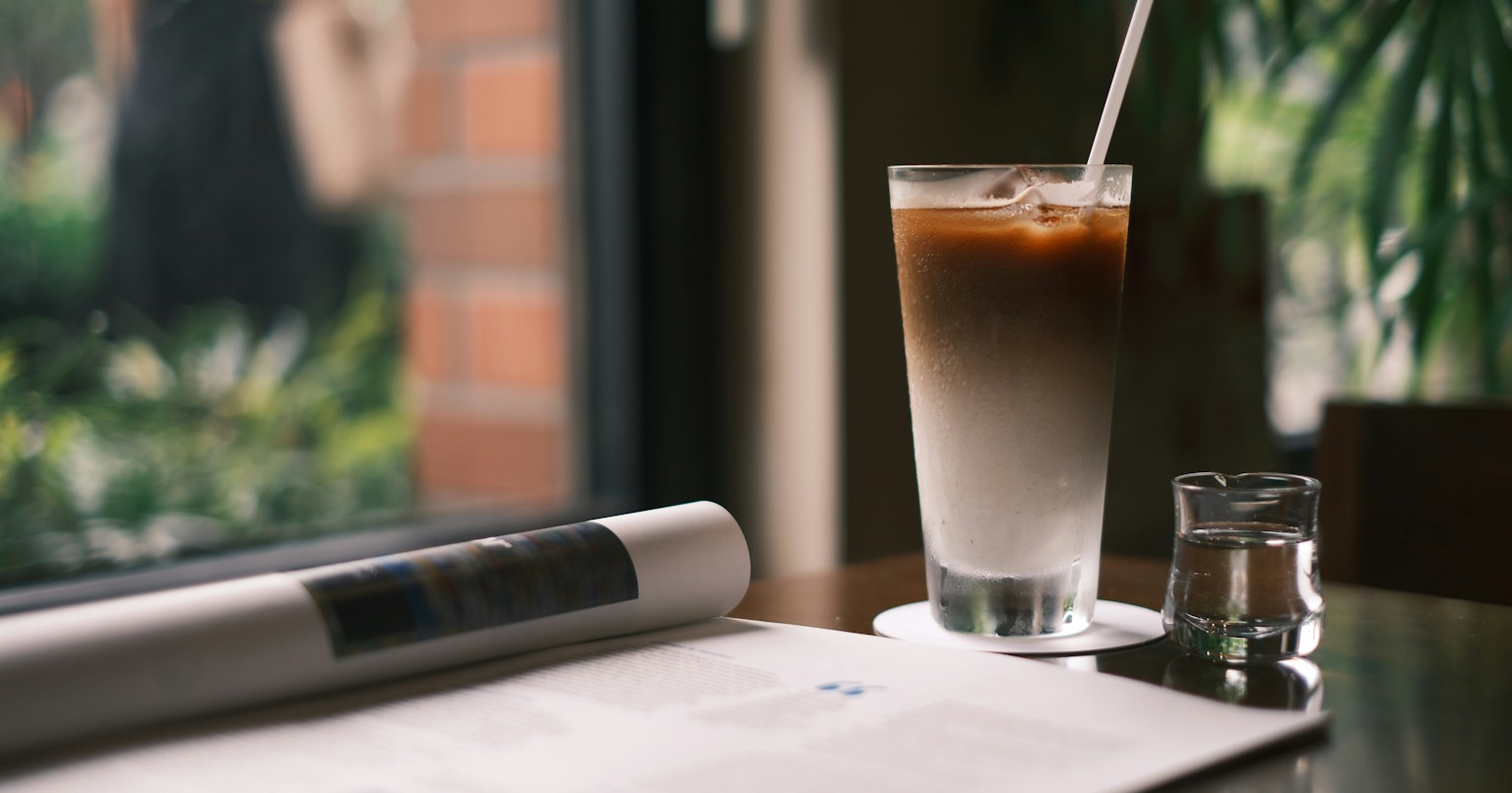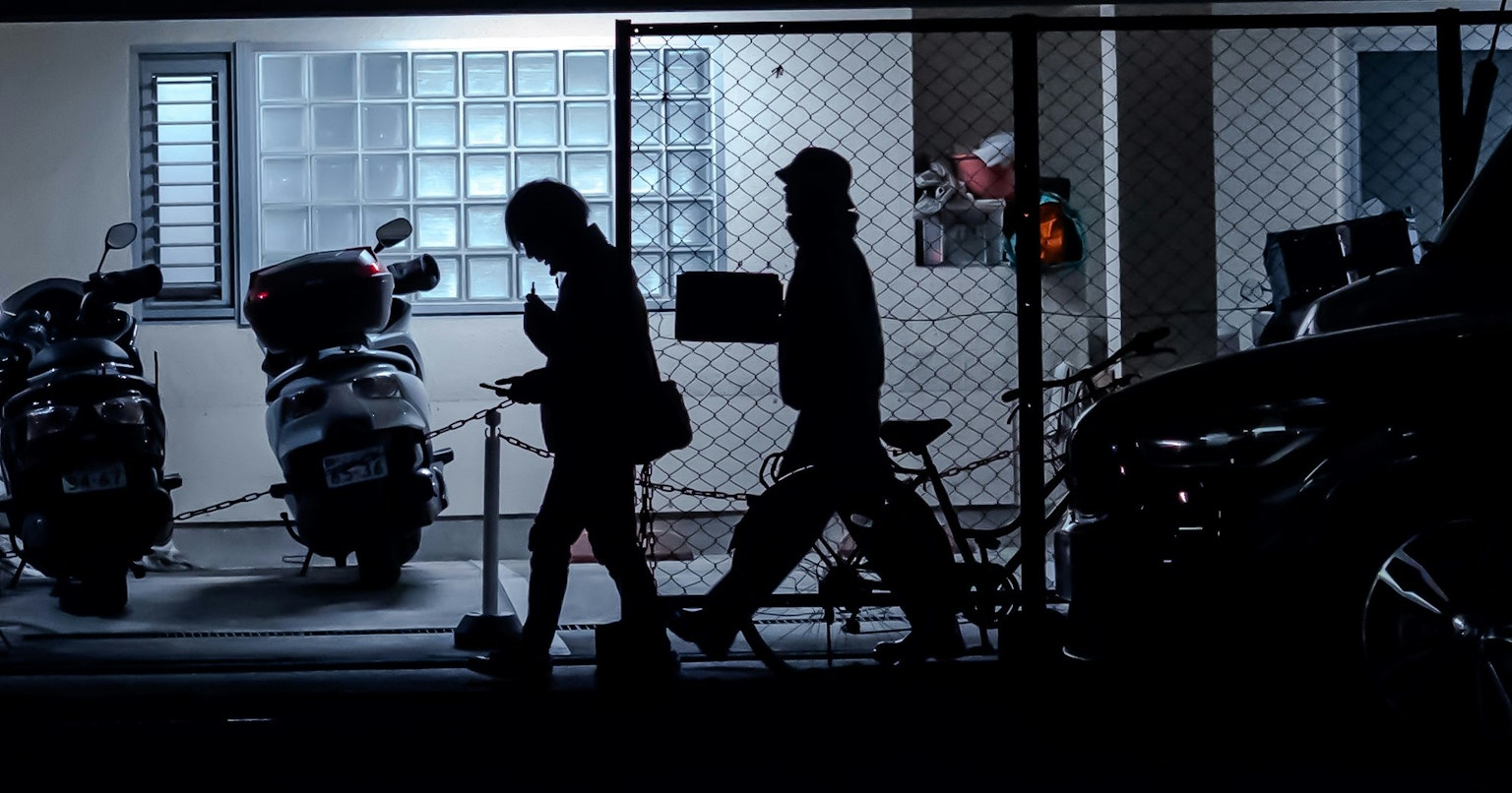Learning Movements Through Self-Observation: Robots and AI Evolving with a Single Camera | Focus #507

Cover photo by mic985
AI is bringing new advancements to the world of robotics. Research teams at MIT and Columbia University have developed a system where robots can observe their own movements using a single camera, learning about their physical structure and control methods.
Unlike traditional methods that require complex sensors or precise simulations, this technology ushers in an era where robots can “learn by trying,” much like humans. This innovation is enabling autonomous robot applications across diverse fields, from industries to households.
Self-Observing Robots That Will Change the Future
The latest AI developed by MIT’s CSAIL and Columbia University’s Creative Machines Lab enables robots to perform “self-modeling,” where they observe themselves with a single camera to understand their physical structure and movements.

MIT’s research introduces a technology called “Neural Jacobian Fields (NJF),” while Columbia focuses on a concept known as “Kinematic Self-Awareness.” These approaches allow robots to build operational models without the need for complex sensors or programming. Just as humans learn how to use their bodies by looking in a mirror, robots can now learn from their own movements.
Robots That Adapt to Damage and Change
The innovation of this technology goes beyond simple movement learning. By recognizing structural changes through self-observation, robots can adjust their movements, allowing them to continue working even after sustaining damage.

For example, a household robot that damages its arm after colliding with furniture can self-correct and maintain its functionality. Similarly, a factory robot arm that becomes misaligned can automatically readjust, ensuring production continues uninterrupted. This adaptability enhances reliability across a wide range of fields, from manufacturing to households and agriculture.
The Future of Robotics with Cameras and AI
Previously, engineers needed to create detailed simulators, but this research allows robots to autonomously build their own “simulators.” By using deep learning to estimate 3D movements from 2D video, robots can adapt flexibly to real-world changes.

Researchers envision that these “self-aware robots” will play a role in fields like construction and healthcare in the future, significantly reducing human workloads through self-repair and self-optimization.



